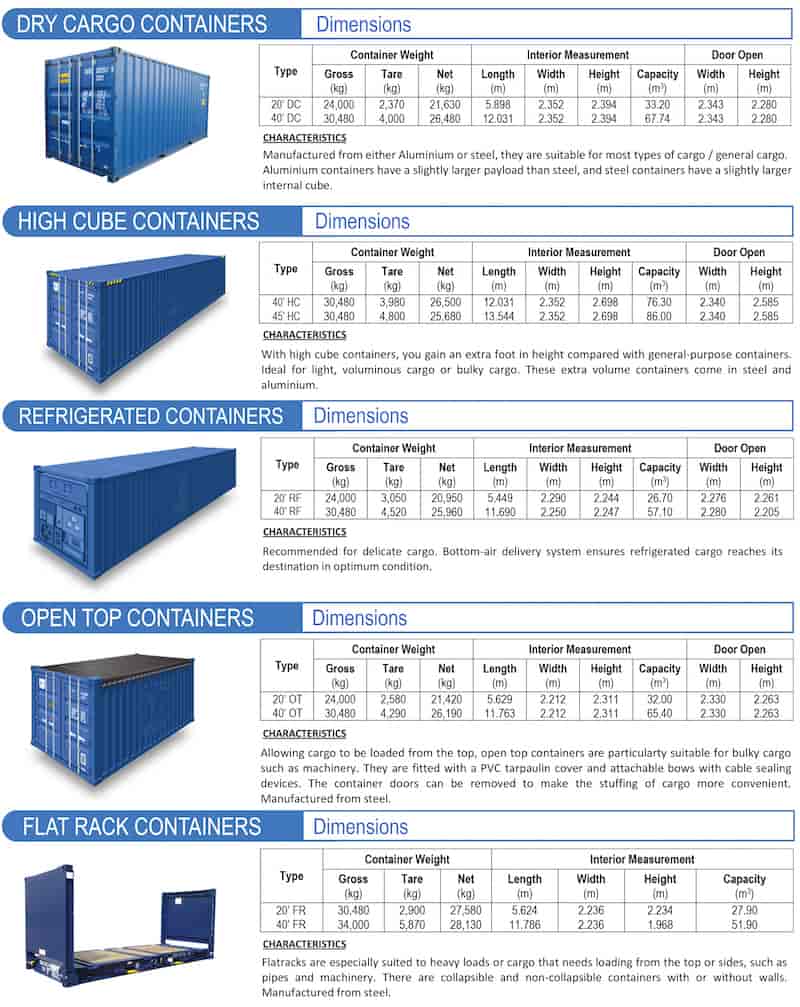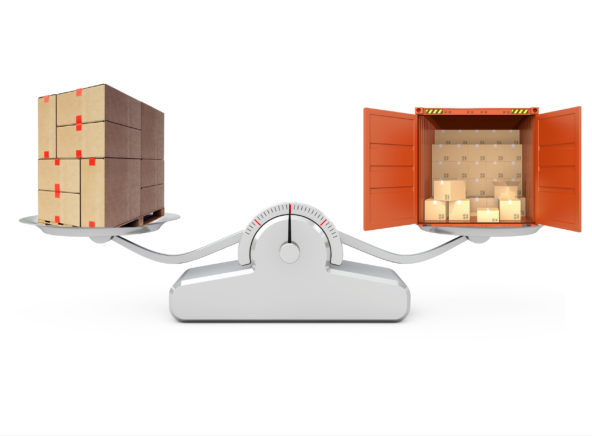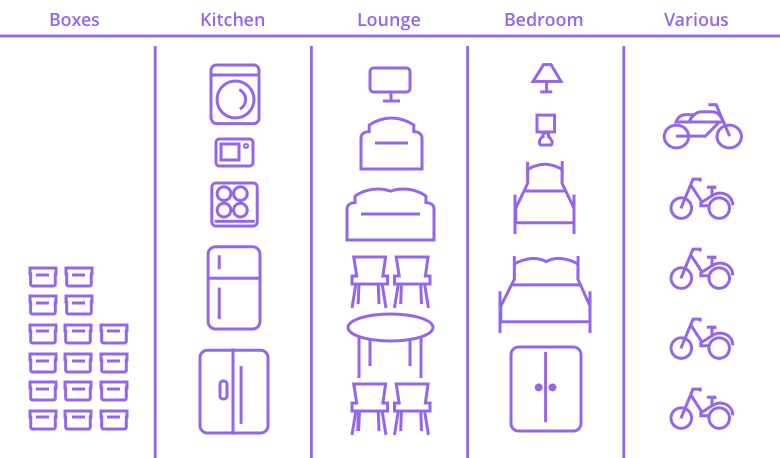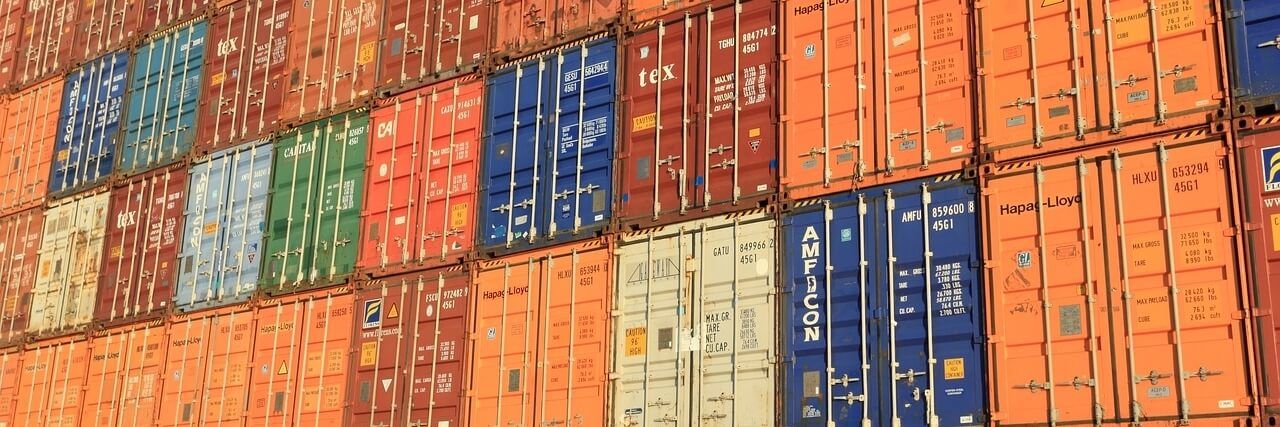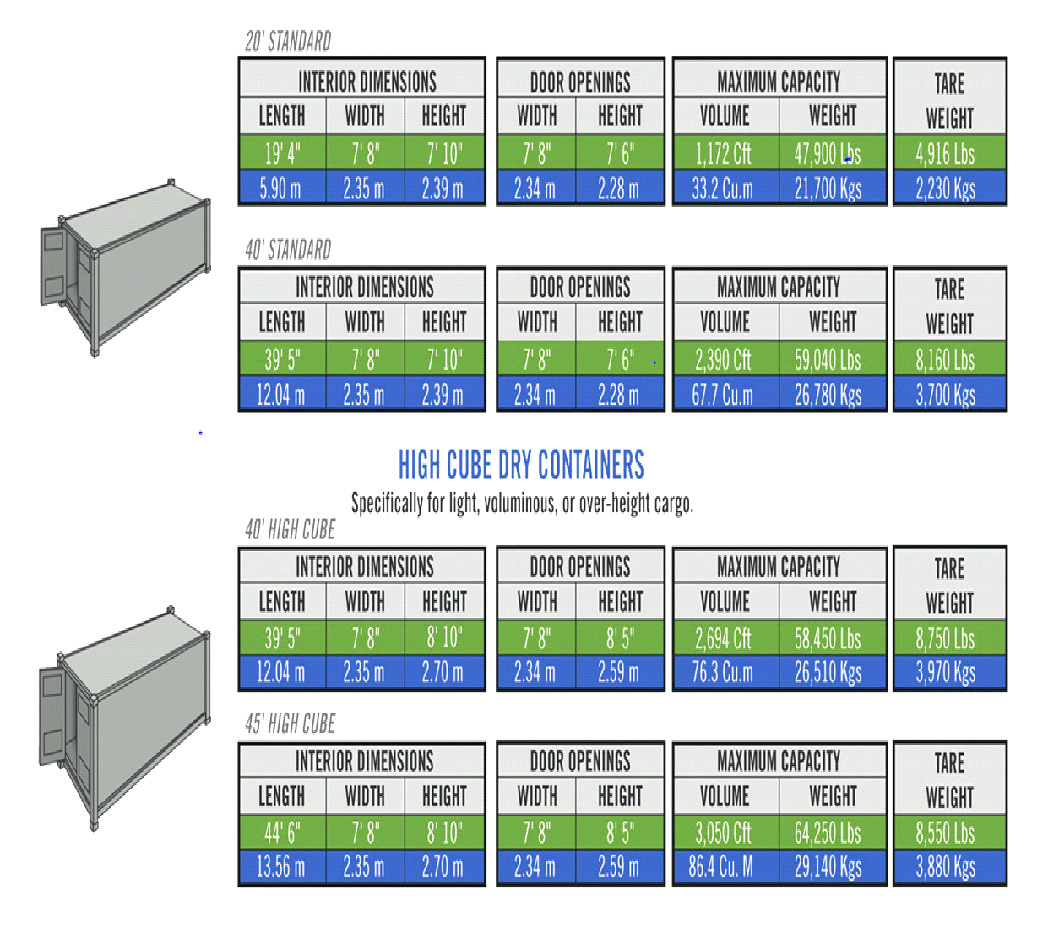Fcl is intended to designate a container loaded to its allowable maximum weight or volume but fcl in practice on ocean freight does not always mean a full payload or capacity many companies will prefer to keep a mostly full container as a single container load to simplify logistics and increase security compared to sharing a container with.
Fcl container volume.
Fcl container costs are mostly made up of lump sums per container in contrast to lcl container costs which are made up of weight and volume of the cargo.
This is why fcl containers are sometimes cheaper than lcl containers even though the container is not completely filled.
In terms of total costs booking an fcl container will be more expensive given the sheer volume.
Lcl shipping is a cost effective solution for smaller shipments as you only need to pay for the volume space used.
What matters as well is the container s size.
It involve cargo volume and weight as well as transport rates.
So the cost per freight is higher in the case of lcl booking although in terms of the total cost it is the more economical option.
Full container loading is that goods need about 20 feet or even 40 feet of space when the importer or exporter has enough goods to fill the full container.
Unlike fcl which usually has a flat rate per container lcl is charged based on the volume set in cubic meters.
However if the dimension wise cost is considered the fcl booking is generally cheaper.

